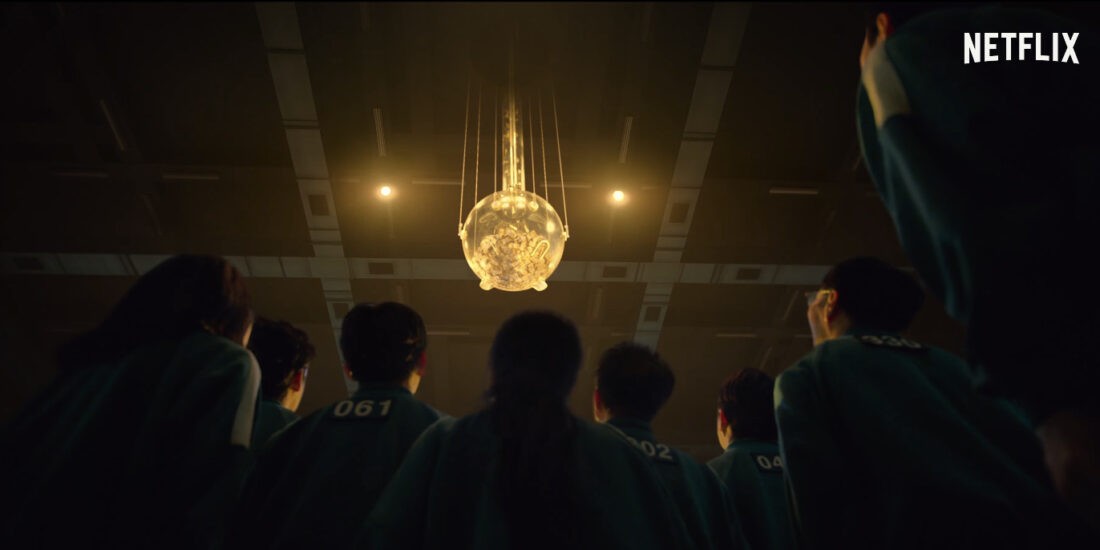Pay more, get less
Tuition and other fees increase (TOFI) occurs as a yearly hurdle in almost every private university—of which De La Salle University – Dasmariñas (DLSU-D) is no exception. Ironically, this recurring trend seems to contradict the very advocacy of St. La Salle, who envisioned education as a means to uplift the poor. The continuous rise of these fees in the University is atrocious against families who barely make ends meet.
In the country’s economic climate, many Filipino families, including Lasallians, are already struggling with the surge of rising prices brought by the current state of inflation. This unravels a string of problems on how students are affected just to cope with the increases, which include students resorting to scholarship programs in the University who are left with less time for academics since they usually have to fulfill a set amount of duty hours, just to sustain their education.
Where the fiasco started
Last January 29, the Student Development and Activities Office (SDAO) held a consultation meeting wherein the office proposed a P200 collection fee for the supposed student development programs and student activities mandated by Article VIII of CHED (Commission on Higher Education) Memorandum Order (CMO) No. 09 Series of 2013.
At the same meeting, the Cultural Arts Office (CAO) proposed a fee increase from P200 to P500 per semester. This proposal aims to accommodate the growing number of Performing Arts Group (PAG) members, expenses related to off-campus activities, and costs of supplies and equipment. Similarly, the Council of Student Organizations (CSO) proposed an increase from P100 to P200 to meet the demands of administering various Recognized Student Organizations (RSO) and covering their operational costs.
Meanwhile, other fee increases were proposed during a multi-sectoral committee meeting, which includes the following: Student Wellness Center (SWC) Fee (P200), Student Insurance Coverage (from P75 to P130), Botanical Garden Fee (from P25 to P50; P100 for Biology students), Student Services Fee (from P1,200 to P1,500), Mandatory Drug Testing Fee (P50), and a Drinking Fountain Maintenance Fee (P75). The total additional fee of P1,305 per student every semester, when multiplied by the recent enrollment turnout of 9,362 undergraduate students from the previous semester, amounts to an approximate increase of P12,200,000 in the institutional budget.
On top of that, students are burdened by the cost of the new school uniforms which the University reimplemented with a different design and specific sets for various purposes. Each set requires different components, such as blazers, polo shirts, pants, shorts, skorts, and even a necktie. A medium-sized set can cost around P3,600 to P3,790.
The thorn at the side
It is evident that some organizations and offices under the student services sector are underfunded, struggling to make do with limited resources. Many student-led initiatives and University services lack sufficient budgetary support, affecting their ability to function optimally.
The issue, however, is not merely the increase in fees—it is the quality of service students receive in return. Over time, the University’s quality of education and services has shown signs of decline, as evidenced by the loss of its autonomous and deregulated status that is likely to be accounted for by lower employability rates, decreased licensure examination passing rates, quality of teaching, and inadequate facilities and equipment. Given the high cost of tuition and other fees, students have every right to expect and demand better. Unfortunately, the quality every student deserves is yet to be accorded.
My firsthand account
Looking back, in my third year of college at DLSU-D, I had laboratory subjects that required us to conduct experiments using laboratory equipment—which, of course, incurred laboratory fees. Yet, to my disappointment, in my Geotechnical Engineering 1 laboratory class, the set was incomplete when we conducted an experiment on filtering soil particles using a series of sieves. I could have let it pass if only it did not result in missing data, leaving us unable to plot the graph, with no basis for data analysis or conclusions—directly impacting the quality of our education. The course subject was already challenging in itself. This encounter made me wonder if I was even going to learn anything by the end of that semester. This is not an isolated case, as other laboratory classes in different course subjects also suffer from broken or inaccurate equipment, unmaintained apparatuses, and lack of necessary software. I can only hope that future students won’t have to go through the same experience, considering that with the consistent rise of tuition and other fees, they will have to pay more for the same lacking quality of education.
The fiasco doesn’t end there, as I have also experienced issues such as malfunctioning air conditioners in classrooms—which pose risks during hot weather, and a dark campus at night, making it unsafe for students with evening classes. Additionally, I have yet to experience the new College of Engineering, Architecture, and Technology (CEAT) Building, which I had high hopes for since my Senior High School (SHS) days—yup, it has been approximately five years. According to the Building and Facilities Management Office (BFMO), the building was supposed to be partially operational starting in January 2025, but it has yet to be used by students as of today. For now, my classes are held in the College of Business Administration and Accountancy (CBAA) Building—pa-share po muna.
Don’t get me wrong, the University is well-maintained, especially with its lush greenery outside classroom doors, which has contributed to its recognition as the Greenest University in the Philippines. However, the same level of quality should also be reflected in its academic resources, student services, and facilities.
Even in our office at the Gregoria Montoya Hall (GMH) 120, members of the Publication experience intermittent internet connections year-round. Once or twice every semester (in fact, more often this semester), my org-mates and I encounter sudden, random disconnections that happen repeatedly, leaving us barely connected to the internet for even a minute. This interrupts our duties held in the office, as cellular connection is also weak in the area.
Long story short: the University is charging students for services it cannot fully provide or justify. While fee increases are often framed as necessary for maintaining or improving facilities, student services, and academic programs, these promised improvements largely remain a disappointment. If these improvements are yet to be seen or felt, then students should not be burdened with fees—they should be paying less.
Create possibilities, not problems
While the proposed fees and fee increases should be given focus, this does not mean that we have to increase the overall fees. The University should reconsider all of the existing charges and assess whether they are allocated efficiently and fairly. Although the proposed fee increase is for the students, we must also recognize that it will also come from the students.
If the University is truly committed to its slogan, ‘Creating Possibilities,’ then it should create the possibility of offering accessible and quality education for all—even for the poor, much to St. La Salle’s vision. It should create the possibility of reconfiguring fees to prioritize areas that need them most, without placing an additional financial burden on students and their families. If assessed properly, this may even result in a decrease in the overall fee.
Moreover, the University must be transparent with fee increases, even at the proposal stage. It should utilize its platforms to notify all students about these matters, allowing more opportunities for them to be aware, and voice their opinions and concerns regarding future proposals.
Please, no more TOFI! We are already struggling enough.





